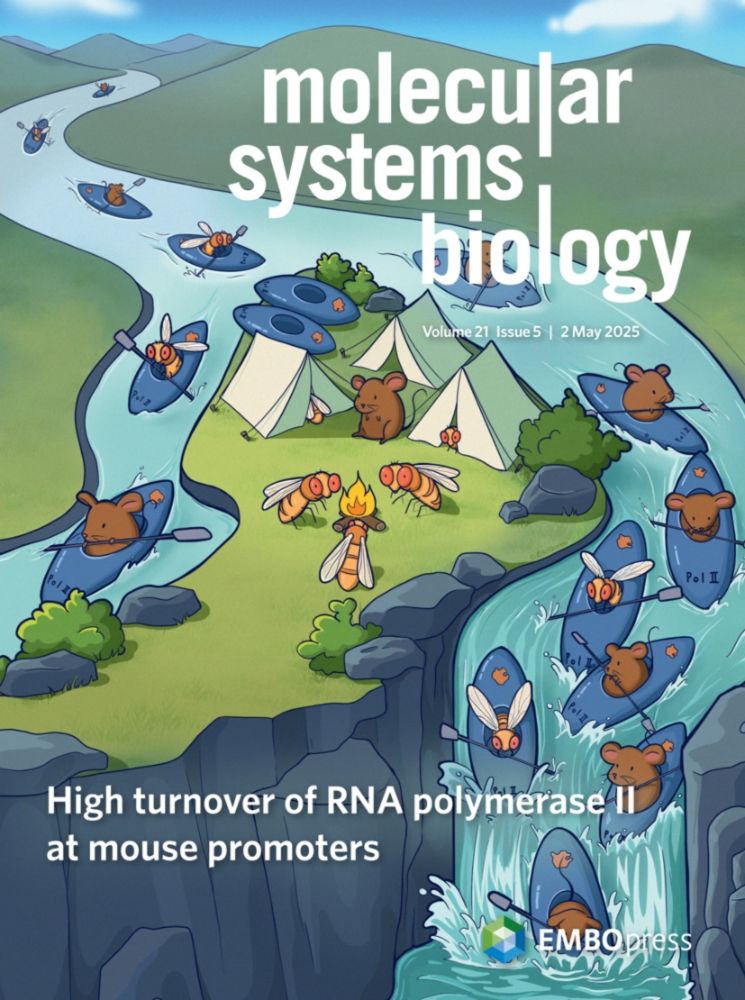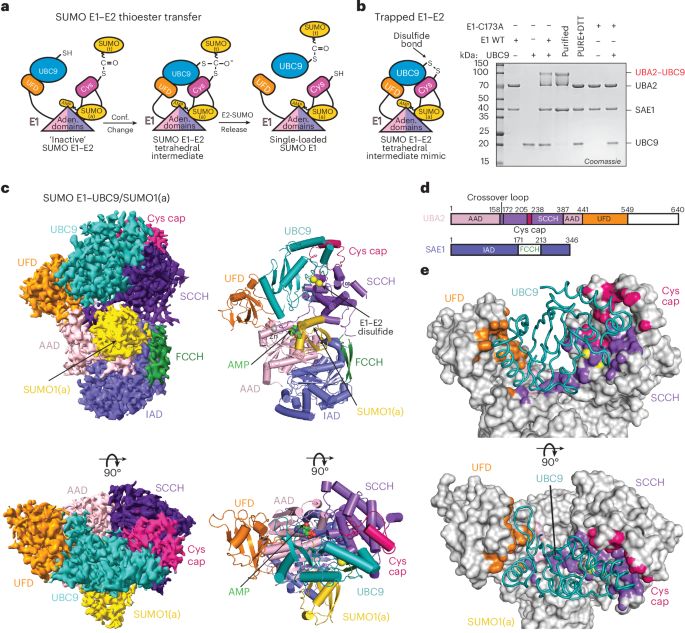
py2dmol.solab.org
Integration with AlphaFoldDB (will auto fetch results). Drag and drop results from AF3-server or ColabFold for interactive experience! (1/4)

py2dmol.solab.org
Integration with AlphaFoldDB (will auto fetch results). Drag and drop results from AF3-server or ColabFold for interactive experience! (1/4)
Is it sponges (panels A & B) or comb jellies (C & D) that root the animal tree of life?
For over 15 years, #phylogenomic studies have been divided.
We provide new evidence suggesting that...
🔗: www.science.org/doi/10.1126/...

Is it sponges (panels A & B) or comb jellies (C & D) that root the animal tree of life?
For over 15 years, #phylogenomic studies have been divided.
We provide new evidence suggesting that...
🔗: www.science.org/doi/10.1126/...
See preprint for:
— Ensembles of >12000 full-length human proteins
— Analysis of IDRs in >1500 TFs
📜 doi.org/10.1101/2025...
💾 github.com/KULL-Centre/...

See preprint for:
— Ensembles of >12000 full-length human proteins
— Analysis of IDRs in >1500 TFs
📜 doi.org/10.1101/2025...
💾 github.com/KULL-Centre/...
Today, we report the discovery of telomerase homologs in a family of antiviral RTs, revealing an unexpected evolutionary origin in bacteria.
www.biorxiv.org/content/10.1...

Today, we report the discovery of telomerase homologs in a family of antiviral RTs, revealing an unexpected evolutionary origin in bacteria.
www.biorxiv.org/content/10.1...
www.science.org/doi/10.1126/...

www.science.org/doi/10.1126/...

@roisnehamelinf.bsky.social & co discovered that Wadjet, an SMC complex involved in bacterial DNA immunity, performs some impressive molecular gymnastics 🤸♂️🤸♂️🤸♂️.
Check out the new paper: www.cell.com/molecular-ce...

@roisnehamelinf.bsky.social & co discovered that Wadjet, an SMC complex involved in bacterial DNA immunity, performs some impressive molecular gymnastics 🤸♂️🤸♂️🤸♂️.
Check out the new paper: www.cell.com/molecular-ce...

Check out this work co-led with @benadler.bsky.social here:
www.nature.com/articles/s41...

Check out this work co-led with @benadler.bsky.social here:
www.nature.com/articles/s41...

Check out @erinedoherty.bsky.social and my work from @doudna-lab.bsky.social lab here:
www.nature.com/articles/s41...

Check out @erinedoherty.bsky.social and my work from @doudna-lab.bsky.social lab here:
www.nature.com/articles/s41...


www.embopress.org/doi/full/10....

www.embopress.org/doi/full/10....
Predicting protein-protein interactions in the human proteome | Science www.science.org/doi/10.1126/...

Predicting protein-protein interactions in the human proteome | Science www.science.org/doi/10.1126/...
Work with @ulad-litvin.bsky.social , @grovearmada.bsky.social , Alex Jack, @bljog.bsky.social , @davidlrobertson.bsky.social
www.embopress.org/doi/full/10....

Work with @ulad-litvin.bsky.social , @grovearmada.bsky.social , Alex Jack, @bljog.bsky.social , @davidlrobertson.bsky.social
www.embopress.org/doi/full/10....

doi.org/10.1101/2025.09.24.678028 #proteindesign

doi.org/10.1101/2025.09.24.678028 #proteindesign
1925
Christopher Richard Wynne Nevinson
(1889-1946)
was a British painter, printmaker and lithographer.
#art #painting #painters #BlueSkyArt

1925
Christopher Richard Wynne Nevinson
(1889-1946)
was a British painter, printmaker and lithographer.
#art #painting #painters #BlueSkyArt

🔗 viro3d.cvr.gla.ac.uk
📄 www.embopress.org/doi/full/10....
@molsystbiol.org @cvrinfo.bsky.social @uofgmvls.bsky.social #Virology #AlphaFold 🧪 🦠
🔗 viro3d.cvr.gla.ac.uk
📄 www.embopress.org/doi/full/10....
@molsystbiol.org @cvrinfo.bsky.social @uofgmvls.bsky.social #Virology #AlphaFold 🧪 🦠
www.biorxiv.org/content/10.1...

www.biorxiv.org/content/10.1...
buff.ly/j3TSIkn

